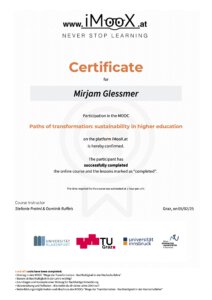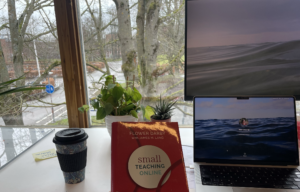
Watching the presentation “accessibility and inclusion in digital learning” by Marie Leijon
I was super excited to get the notification that a recording of the presentation “Accessibility and inclusion in digital learning” by Marie Leijon had been uploaded to our Learning Management…







